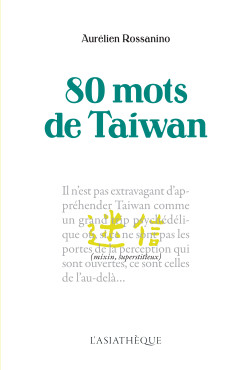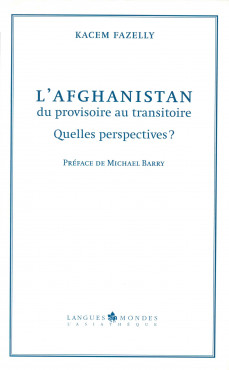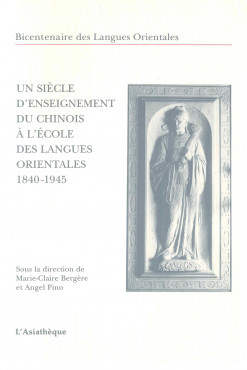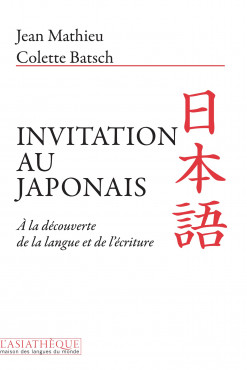Aurélien Rossanino
80 words which are so many stories which tell Taiwan and its cultural diversity and which, in addition of the roots of words and their resonance in the hearts of the women and men who use, evoke the special link that the author maintains with Taiwan, its inhabitants and their languages.
Véronique Bouillier et al.
Collection of contributions that pay homage to the wealth and diversity of Mireille Helffer's work, an ethnomusicologist who was captivated by Asia. The contributions evoke the oral literature in Nepal, The epic of King Gesar, an epic poem of the Tibetan and Mongolian populations, liturgical music, sacred dances, but also more broadly art in North Asia.
Anna Moï
Using 80 Vietnamese terms, the author evokes their etymology and their meaning, but also tells the history of Vietnam and its culture, drawing on her experience within the country to address the linguistic particularities, the inhabitants, the flora or fauna.
Kacem Fazelly
K. Fazelly, Afghan lawyer who advised and worked with the participants of the Afghan political life, including Hamed Karzai, head of the current government. Defender of parliamentary democracy, he makes an assessment of the country's political evolution from the creation of a new constitution to more recent events. He points out the current dangers and offers food for thought.
Doi Takeo
An analysis of the distinctive features of Japanese psychology, to understand the code of communication, the rituals of exchange and the extraordinary efficiency of the Japanese social machine.
Sôetsu Yanagi
What defines the norms of beauty? What is aesthetic vision? Is there a link between the beautiful and the asymmetrical or irregular? The author explores the anonymity of the craftsman and his roots in tradition, and the role of culture in creation, showing that all that one could love is perhaps not lost forever.
In Autumn 1966, Sartre and Beauvoir fly to Japan where they are greeted with enthusiasm: it is the time of the American intervention in Vietnam, and Japanese women are beginning to strive for liberation. The two writers will give lectures and interviews and will try to understand Japanese life and culture passionately and earnestly.
Marie-Claire Bergère, ...
The studies gathered in this volume focus on the place occupied by the Chair of Chinese at the École des Langues Orientales in the general scheme of Sinology and Orientalism during its first century of existence (1840-1945 ), while highlighting the relationships that the Chair has maintained with governmental bodies.
Henri Tonnet
This book traces the evolution of the language, from ancient Greek to modern Greek, citing dated texts, widely analysed +from the point of view of the history of the language. The formation of modern Greek extends over a long period, from the 2nd to the 19th century, with the creation of a Greek state.
Jean Mathieu, ...
An ingenious and playful introduction to the Japanese language in a book opened on Japanese life and culture: including 400 ideograms, 1,000 useful words and a conversation guide.









